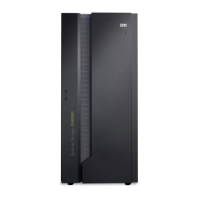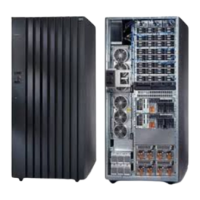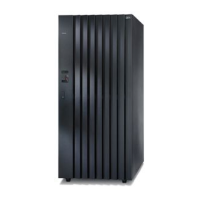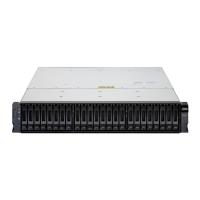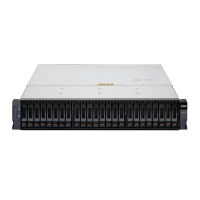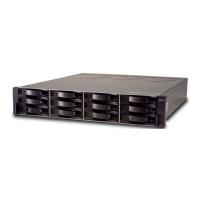resource groups, see topics about resource groups. For specic DS CLI commands used to implement
resource groups, see the IBM DS8000 Command-Line Interface User's Guide.
Comparison of Copy Services features
The features of the Copy Services aid with planning for a disaster.
Table 17 on page 52 provides a brief summary of the characteristics of the Copy Services features that
are available for the storage system.
Table 17. Comparison of features
Feature Description Advantages Considerations
Multiple Target PPRC Synchronous and
asynchronous
replication
Mirrors data from a
single primary site to
two secondary sites
simultaneously.
Disaster recovery
scenarios depend on
support from controlling
software such as
Geographically
Dispersed Parallel
Sysplex (GDPS) and IBM
Copy Services Manager
Metro/Global Mirror Three-site, long distance
disaster recovery
replication
A backup site is
maintained regardless of
which one of the sites is
lost.
Recovery point objective
(RPO) might grow if
bandwidth capability is
exceeded.
Metro Mirror Synchronous data copy
at a distance
No data loss, rapid
recovery time for
distances up to 300 km.
Slight performance
impact.
Global Copy Continuous copy without
data consistency
Nearly unlimited
distance, suitable for
data migration, only
limited by network and
channel extenders
capabilities.
Copy is normally fuzzy
but can be made
consistent through
synchronization.
Global Mirror Asynchronous copy Nearly unlimited
distance, scalable, and
low RPO. The RPO is the
time needed to recover
from a disaster; that is,
the total system
downtime.
RPO might grow when
link bandwidth
capability is exceeded.
z/OS Global Mirror Asynchronous copy
controlled by IBM Z host
software
Nearly unlimited
distance, highly
scalable, and very low
RPO.
Additional host server
hardware and software
is required. The RPO
might grow if bandwidth
capability is exceeded or
host performance might
be impacted.
52 IBM DS8900F: DS8900F Introduction and Planning Guide
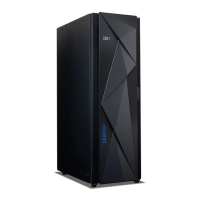
